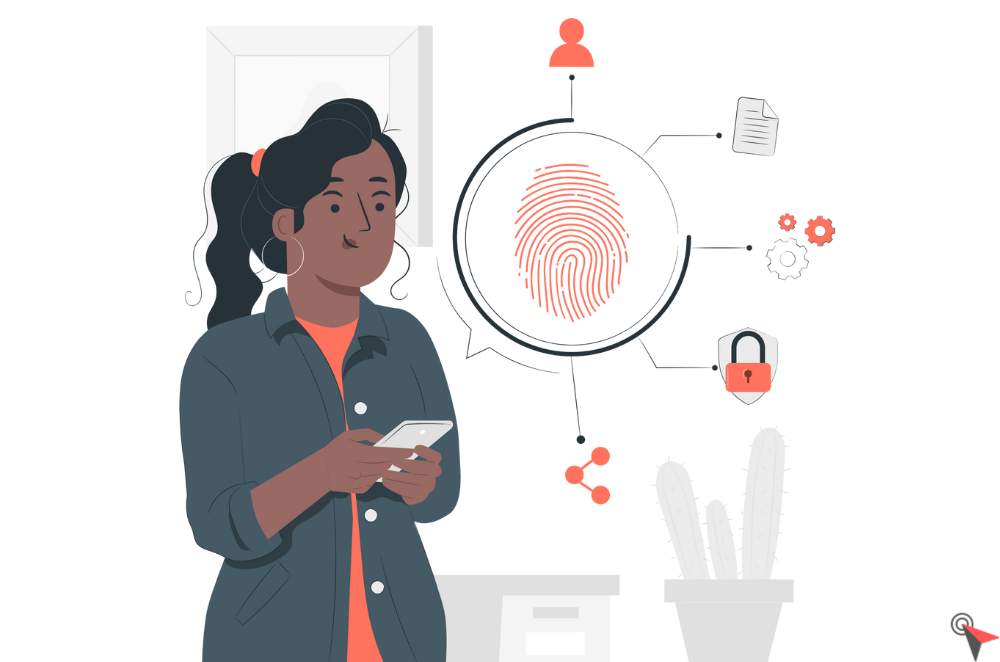7 Essential Tips for Ensuring Robust Cloud Security
June 12, 2023


In recent years, cloud computing has greatly helped companies modernize their IT infrastructure. Businesses have widely adopted cloud solutions in response to the growing trend of hybrid and remote work. However, on the downside, increased cloud adoption has given rise to security vulnerabilities.
According to Netwrix’s Cloud Data Security report, 53 percent of companies that leverage cloud solutions have reported an attack in their cloud network, leading to unexpected expenses of mitigating security gaps. The battle between security and accessibility can be settled if you adopt an inclusive cloud security strategy that ensures the protection of all the critical resources hosted on cloud platforms.
In this blog, you will learn some unfailing tips to ensure zero risk of security gaps in your cloud.
A physical infrastructure that lies within the premises of an organization is solely the responsibility of that organization. On the other hand, the security of the cloud is not the responsibility of a single party. Both cloud providers and the service users have a shared responsibility of securing their data, applications, and services on the cloud.
Most cloud service providers, such as Microsoft Azure and Amazon Web Services (AWS) document specific responsibilities that both parties hold based on the type of deployment. For instance, in the case of Microsoft Azure, customers are responsible for application-level controls in infrastructure as a service (IaaS) models while the responsibility moves to Microsoft in software as a service (SaaS) deployment. If every party ensures the security of services that come under their domain, deterring cyber attacks won’t be challenging anymore.
Every organization must lay out a cloud services plan, featuring the cloud usage, type of data hosted by the cloud, its users, tools, and techniques that will be used to ensure cloud security. Write down all the guidelines and make sure every employee in your company, including office workers and virtual assistants, has learned them by heart.
It would be great if the security team provided an automation solution to ensure every relevant user is following cloud security policies. At times, your cloud service provider will offer an additional policy enforcement feature. Other times, you have to seek third-party solutions, such as cloud access security broker (CASB), secure access service edge (SASE), and Zero trust tools.
The interconnection and decentralization that the cloud offers do not mean there is no need for end-point security. In fact, it has increased the necessity of a robust endpoint security strategy because these devices are directly connected to cloud service. Intrusion detection, access control, and firewalls are effective for endpoint security but aren’t enough because cyber attackers have become more sophisticated.
Therefore, you should ensure the adoption of automation solutions, such as endpoint protection platforms (EPP) and Endpoint detection and response (EDR) tools. These solutions help protect endpoint devices from threats by using endpoint encryption, patch management, VPN, and threat prevention.
Access-based cloud threats mostly emerge from external threats where attackers compromise user credentials to access sensitive corporate data. After accessing your data and applications, they strengthen their roots, move laterally within the network, and execute their malicious intent, whether it is data theft, malware installation, or else.
The best way to counter such risks is by securing your access points with strong passwords, firewalls, multi-factor authentication (MFA), privileged access management, identity, and access management. Users accessing your corporate data must go through some authorization and authentication process and permission should be granted in accordance with least-privilege policy. Moreover, cloud data should always be encrypted when in transition and at rest and former employees’ accounts should be readily deactivated.
Whether an organization outsources cloud security services or creates an in-house security team, vulnerability scanning, and penetration testing are must-haves. It is logical to see where your cloud security services are going. Are your adopted cloud security solutions sufficient to protect your data and applications? Do any misconfigurations, or flaws get under the radar of vulnerability scanners?
The answer to these questions not only helps you make the right decision but also prevents your money from going to a pit. Additionally, the security capabilities of vendors should be continuously audited. Besides, access logs must be audited and updated to ensure only authorized users have access to your sensitive corporate assets.
Besides conducting regular audits, businesses should enable logging of their cloud solutions. This feature will tell security teams when a certain user makes changes to the cloud environment. If a privileged account accesses your system and undergoes any misconfiguration, administrators will timely get alerted about the new changes.
Misconfiguration is the biggest challenge to cloud security, so security logging will illuminate any activity within your system that can lead to security gaps. In this way, you can mitigate threats before they can cause any damage to your business. On top of this, logging also helps businesses know if an account is given more access to your resources than needed to carry out their job. This will help you adjust those permissions to ensure cloud security.
Service providers do take the burden off your shoulders but only, if you have chosen the right ones. Therefore, you should inquire about the security measures and procedures they leverage.
You should ask about the following;
This digital world holds a shining future, so do not let security vulnerabilities and attacks stop you from making the most out of it. Incorporate a robust cloud security solution that includes access control, data protection, regular monitoring and audits, security logs, and end-point security.
Choose a reputable cloud service provider and understand the shared responsibility of cloud security. Cloud solutions are imperative to catch the momentum of the rapidly advancing IT world, so ensure effective cloud adoption while securing your data and applications.
